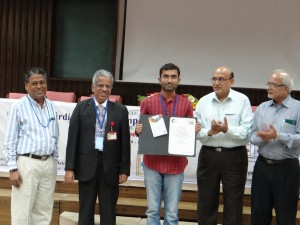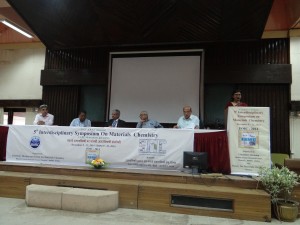US scientists have developed an adhesive tape that can help objects match the infrared reflectance of their surroundings and disguise them from being seen by infrared cameras. The flexible coating – based on a protein found in cephalopod skin – can moderate reflectance simply by stretching and may find application in military camouflage kit.
Cephalopods – such as squid, octopuses and cuttlefish – are nature’s masters of disguise. Their skins contain iridophores, cells that reflect and manipulate incident light to spectacular effect. Their plasma membranes fold to encompass lamellar-like platelets containing reflectin. Reversible phosphorylation of reflectin changes the size and structure of the lamellae, changing the iridophore’s reflectance across the visible spectrum.

Cuttlefish and other cephalopods are some of nature’s best camouflage artists © Shutterstock
Interested? Read the full story at Chemistry World.
The original article can be read below:
Infrared invisibility stickers inspired by cephalopods
Long Phan, David D. Ordinario, Emil Karshalev, Ward G. Walkup IV, Michael A. Shenk and Alon A. Gorodetsky
J. Mater. Chem. C, 2015, Advance Article
DOI: 10.1039/C5TC00125K













